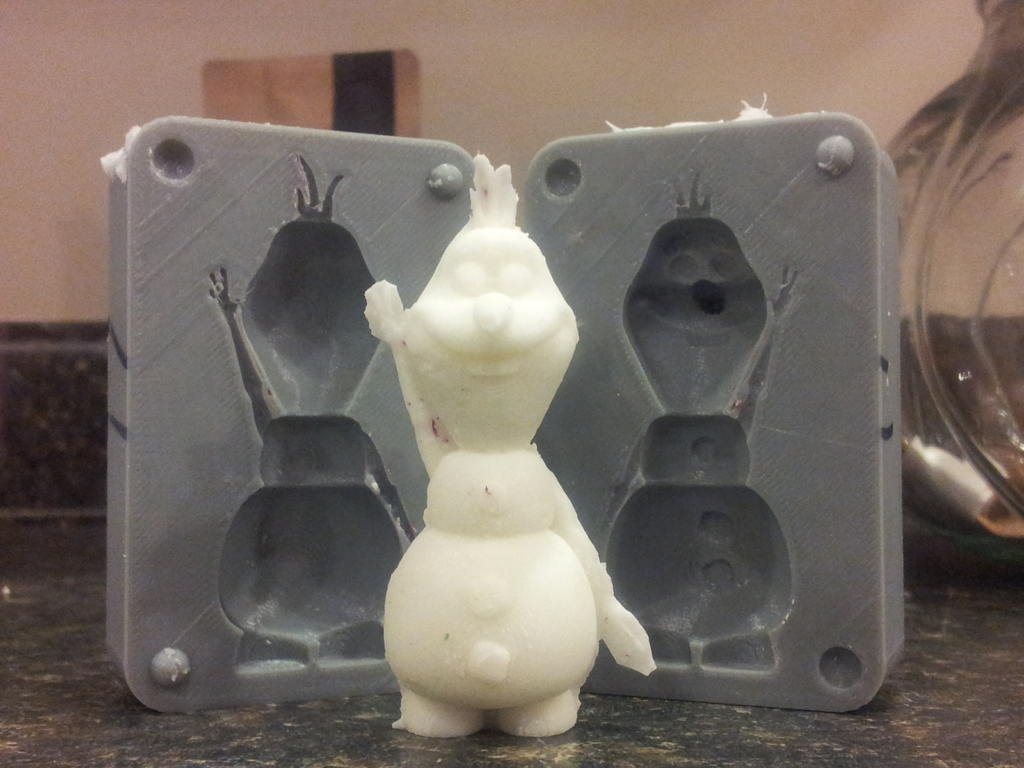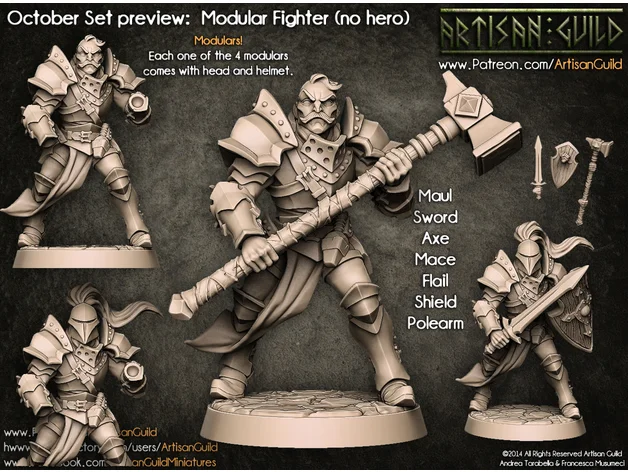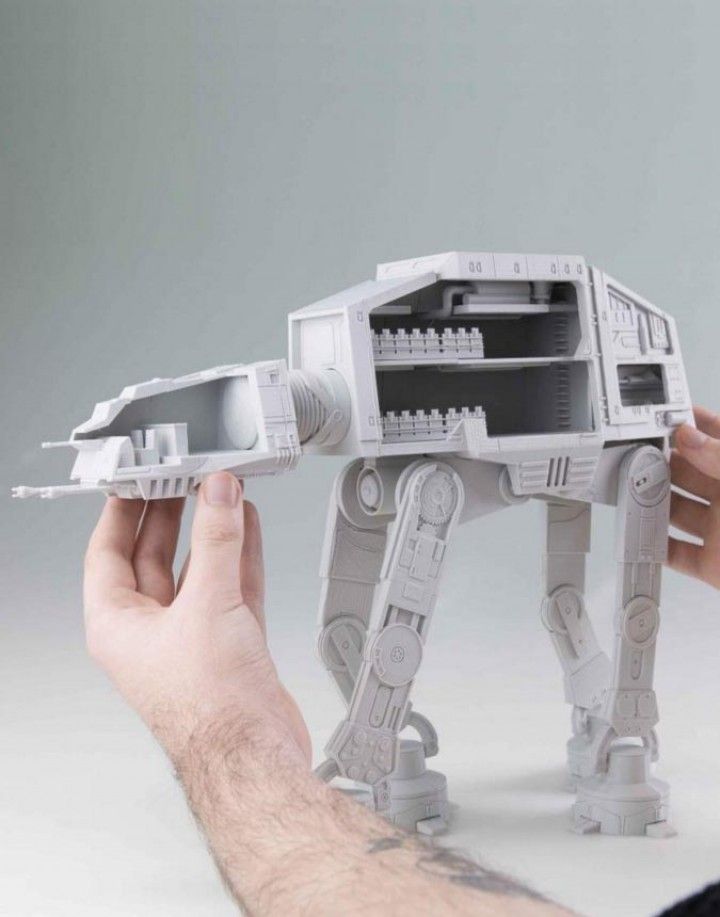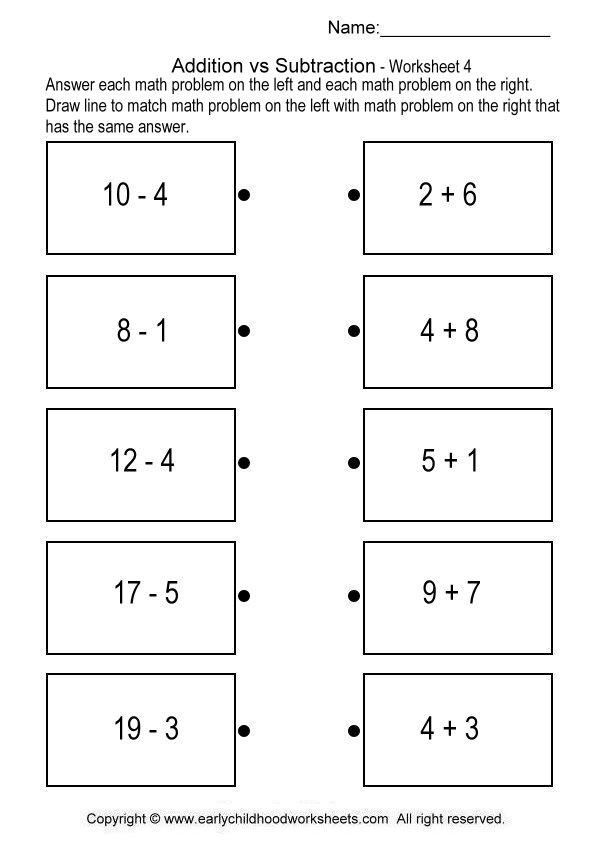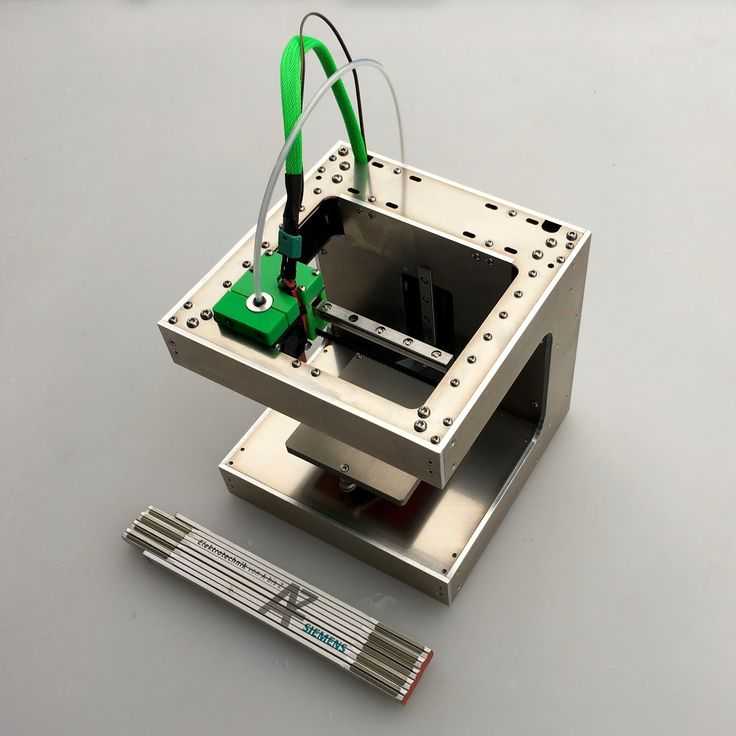3D printed cement mold
3D printed molds - 3D Printers
Customized panels
3D printing in large scale has infinite potential, as we can see here, also in the mold sector. In this project, carried out by WASP Hub Denmark, we can see this innovative approach of molds creation through Additive Manufacturing.
Formworks are widely used in architecture to create concrete panels. Their shapes are often standard because the materials most used are wood, metal and polystyrene. The first two are the most solid but the shapes remain always the same and they can not be customized with details or different geometry. To create customized panels, the most used material is polystyrene: it is more adaptable than the others but you can’t reach all the shapes.
Now we have a new technique that can transform the way we produce concrete panels: large scale 3D printing. With this technology it’s super fast creating big pieces with the wanted shape always in different way.
With 3D printing you can constantly design new geometries and customize the texturing of the panel. This allows you to overcome the limits of the standard formworks and reach new geometric patterns.
Texturing is a process used also in nature to create shapes that have functional features. To show the opportunities of 3D printing in this field, a series of panels in concrete with unique design has been created.
These panels are the results of computational processes and the inspiration comes from nature and abstract shapes. The process of creation involves FDM technology, with upcycled plastic waste in order to re-utilize the material.
Concrete panelUpcycled plastic mold3D printing concrete mold
Texturing is a process used also in nature to create shapes that have functional features. To show the opportunities of 3D printing in this field, a series of panels in concrete with unique design has been created. These panels are the results of computational processes and the inspiration comes from nature and abstract shapes.
The process of creation involves FDM technology, with upcycled plastic waste in order to re-utilize the material. This is another plus that makes 3D printing the perfect ally forcreate molds.
Thanks to computational design you can reach always different patterns, generated with algorithms. Here some examples of the different shapes you can reach.
Project credits
CREATE Group – Led by Asst. Prof. Dr. Roberto Naboni
University of Southern Denmark (SDU), Unit of Civil and Architectural Engineering (CAE)
Team: Roberto Naboni, Luca Breseghello, David W. Jokszies
3D Scanning: at the SDU Prototyping Lab (Prof. Knud Bjørnholt)
Industry Partners: WASP (3D Printers), Hi-Con (High-Performance Concrete)
The printer for large scale objects
Delta WASP 3MT INDUSTRIAL 4.0
The printer used in this project is Delta WASP 3MT Industrial 4. 0, the perfect printer for large scale objects. It works with filament and pellet extrusion, in order to use recycled plastics. With its printing bed of 1 meter of diameter, it lets you print big objects in small time.
0, the perfect printer for large scale objects. It works with filament and pellet extrusion, in order to use recycled plastics. With its printing bed of 1 meter of diameter, it lets you print big objects in small time.
Fast custom concrete - BigRep Industrial 3D Printers
Name *
First
Last
Professional Email *
Phone *
Organization *
Industry *AerospaceAgricultureArchitectureArts Design and CreativeAutomotive and MotorcyclesChemicalConstructionConsultancyConsumer ElectronicsConsumer ProductsEducation and ResearchEnergyEntertainment and AdvertisingGovernment / Not for ProfitIndustrial Components and ToolingIndustrial Equipment and MachineryMarine/Ship ConstructionMedical and DentalMetal & Steel IndustryMilitaryOther/Serving different industriesPattern Making Molding and CastingPipes and IronworkingPlasticsPrint/Scan/Engineering Service BureauRenewable EnvironmentResellerRetailRoboticsTelecommunicationsTransportation
Job Category *C-Level / Entrepreneur / ExecutiveDesignEducatorEngineering / R&DFinance / OperationsMarketing / Sales / Service / ITProcurement / PurchasingProject / Product ManagementQuality managementStudent / Enthusiast / OtherManufacturing Supervisor
Location *United StatesCanadaGermanyFranceUnited KingdomItalySpainChinaAndorraUnited Arab EmiratesAfghanistanAntigua and BarbudaAnguillaAlbaniaArmeniaAngolaAntarcticaArgentinaAustriaAustraliaArubaAland IslandsAzerbaijanBosnia and HerzegovinaBarbadosBangladeshBelgiumBurkina FasoBulgariaBahrainBurundiBeninSaint BarthélemyBermudaBrunei DarussalamBolivia, Plurinational State ofBonaire, Sint Eustatius and SabaBrazilBahamasBhutanBouvet IslandBotswanaBelarusBelizeCanadaCocos (Keeling) IslandsCongo, the Democratic Republic of theCentral African RepublicCongoSwitzerlandCote d’IvoireCook IslandsChileCameroonChinaColombiaCosta RicaCubaCape VerdeCuraçaoChristmas IslandCyprusCzech RepublicGermanyDjiboutiDenmarkDominicaDominican RepublicAlgeriaEcuadorEstoniaEgyptWestern SaharaEritreaSpainEthiopiaFinlandFijiFalkland Islands (Malvinas)Faroe IslandsFranceGabonUnited KingdomGrenadaGeorgiaFrench GuianaGuernseyGhanaGibraltarGreenlandGambiaGuineaGuadeloupeEquatorial GuineaGreeceSouth Georgia and the South Sandwich IslandsGuatemalaGuinea-BissauGuyanaHeard Island and McDonald IslandsHondurasCroatiaHaitiHungaryIndonesiaIrelandIsraelIsle of ManIndiaBritish Indian Ocean TerritoryIraqIran, Islamic Republic ofIcelandItalyJerseyJamaicaJordanJapanKenyaKyrgyzstanCambodiaKiribatiComorosSaint Kitts and NevisKorea, Democratic People’s Republic ofKorea, Republic ofKuwaitCayman IslandsKazakhstanLao People’s Democratic RepublicLebanonSaint LuciaLiechtensteinSri LankaLiberiaLesothoLithuaniaLuxembourgLatviaLibyan Arab JamahiriyaMoroccoMonacoMoldova, Republic ofMontenegroSaint Martin (French part)MadagascarMacedonia, the former Yugoslav Republic ofMaliMyanmarMongoliaMacaoMartiniqueMauritaniaMontserratMaltaMauritiusMaldivesMalawiMexicoMalaysiaMozambiqueNamibiaNew CaledoniaNigerNorfolk IslandNigeriaNicaraguaNetherlandsNorwayNepalNauruNiueNew ZealandOmanPanamaPeruFrench PolynesiaPapua New GuineaPhilippinesPakistanPolandSaint Pierre and MiquelonPitcairnPalestinePortugalParaguayQatarReunionRomaniaSerbiaRussian FederationRwandaSaudi ArabiaSolomon IslandsSeychellesSudanSwedenSingaporeSaint Helena, Ascension and Tristan da CunhaSloveniaSvalbard and Jan MayenSlovakiaSierra LeoneSan MarinoSenegalSomaliaSurinameSouth SudanSao Tome and PrincipeEl SalvadorSint Maarten (Dutch part)Syrian Arab RepublicSwazilandTurks and Caicos IslandsChadFrench Southern TerritoriesTogoThailandTajikistanTokelauTimor-LesteTurkmenistanTunisiaTongaTurkeyTrinidad and TobagoTuvaluTaiwanTanzania, United Republic ofUkraineUgandaUnited StatesUruguayUzbekistanHoly See (Vatican City State)Saint Vincent and the GrenadinesVenezuela, Bolivarian Republic ofVirgin Islands, BritishVietnamVanuatuWallis and FutunaSamoaYemenMayotteSouth AfricaZambiaZimbabwe
Are you looking to buy an industrial 3D printer *YesMaybeNo
Subscribe to our Newsletter
- and receive news about 3D printing
Terms of Service *
- I have read and agree to the Terms of Service
STL File 3D Printed Molds - Planters Cement Mold・3D Printed Model Download・Cults
3D ball pot mold - Include printable pot file - You can make any size pots for your plants.

€3.29
3D pot printing mold - Include printable pot file - You can make any size pots for your plants
3.48 €
Square Concrete Flower Pot Mold - Include Printable Pot File - You can make any size pots for your plants.
€3.48
Planter Mold - Include Printable Pot File - You can make any size pots for your plants.
€3.48
Manual plant pot
€3.20
Plant pot with skull - Home and garden
3,50 €
Dream girl face flower pot head planter
3,50 €
Old Books flower pot planter
2,50 €
Cracked Pot Planter - 3D STL files and 3D printer files
2.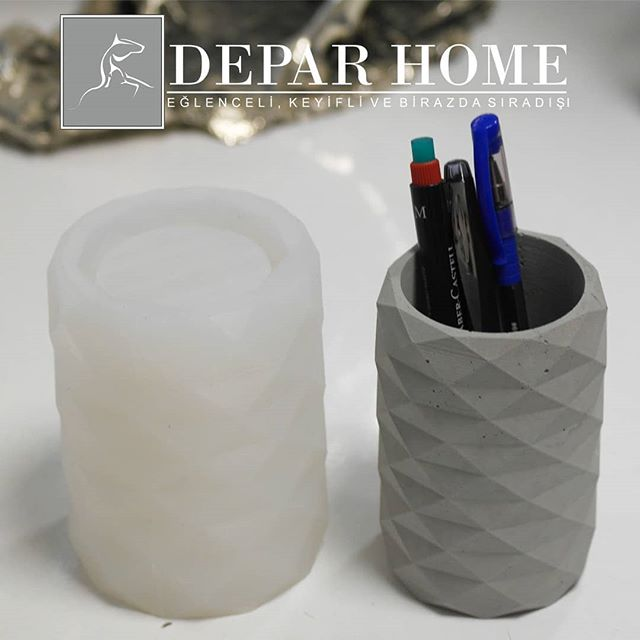 50 €
50 €
David Head plant pot
3,80 €
pregnant woman seedling pots
3.60 €
Wall hanging planter with a woman's face - wall decoration
3,50 €
Best 3D Printer Files in Home Category
nine0003 DibblerFree
Laptop table / laptop stand
1.87 €
Wine Bath
Free
Wera 932 series slotted screwdriver pegboard mounts - 3.5mm, 4.5mm, 5.5mm, 7.0mm
Free
Mason Jar Pencil Cup Lid
0.94 €
Fruterra
6.67 €
Vase 702
0.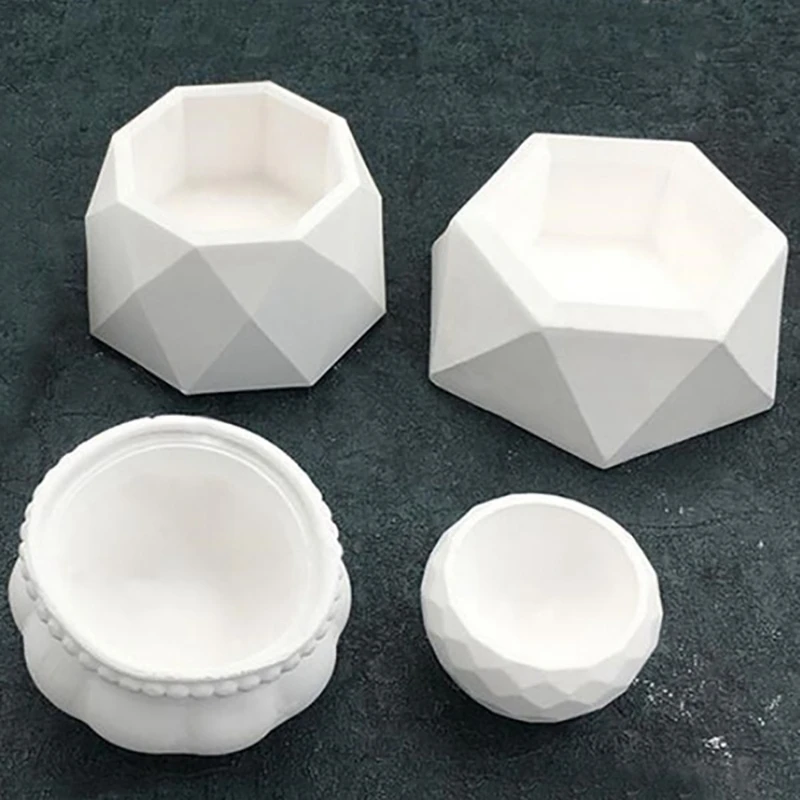 65 €
65 €
Rasaglio
2,50 €
Bestsellers in the Home category
Cute hairy shaking Santa print in place without supports
2.35 €
nine0003 Box / Travel bag2.60 €
Wall shelf "Tinder Fungus"
2.40 €
Quick Print Gift/Storage Boxes - Ultimate Collection (Vase Mode)
€5.73 -twenty% 4.58 €
1.88 €
Another quick-change paper towel holder
1 €
CHRISTMAS BALLS
1.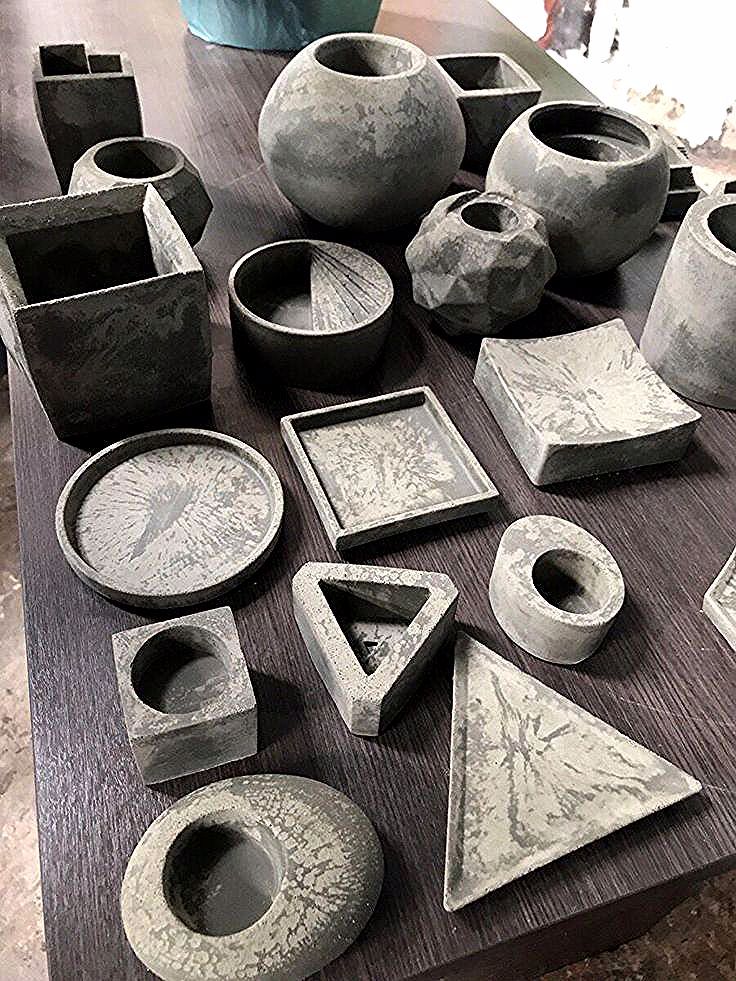 19 €
19 €
Santa Claus - crex
3.20 €
Modular Quick Print Storage Drawer System
5.73 €
Snowman in underwear
1.88 €
Super cute paw pen cup
1,30 €
Bordeaux, Octopus
2.35 €
Waste bin with hinged lid
3.20 €
Cute kawaii dim sum basket
1.39 €
Wall shelf "Oyster mushroom"
2,40 €
Ornamented tea holder
€2.82 -35% 1.83 €
Do you want to support Cults?
Do you like Cults and want to help us continue our journey on our own ? Please note that we are a small team of 3 people, so supporting us in maintaining activities and creating future developments is very easy.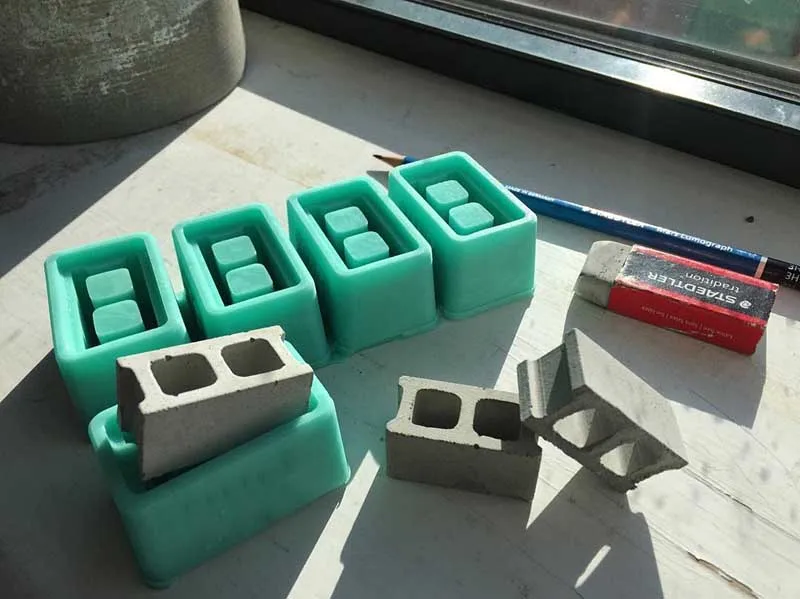 Here are 4 solutions available to everyone:
Here are 4 solutions available to everyone:
-
AD: Disable your AdBlock banner blocker and click on our banner ads.
-
AFFILIATION: Shop online with our affiliate links here Amazon. nine0006
-
DONATIONS: If you want, you can donate via PayPal here.
-
* INVITE FRIENDS: * Invite your friends, discover the platform and great 3D files shared by the community!
3D concrete printing: still ahead
Back to Concrete Issues main pageAdditive manufacturing, more commonly known as 3D printing, has been around since the 1980s. 3D printers have long been available for home use, so it's not surprising that industrial companies have begun to explore the possibility of using them in construction. nine0006
The use of 3D technology is widely discussed in the construction industry. Almost every week there is news of plans to 3D print structures ranging from bridges to houses that developers say can be built in one day. However, the initial enthusiasm in the media is quickly fading as there is less and less news of successful projects in this area. To shed some light on this topic, we asked a few experts for their opinions on the current state of 3D printing in construction. nine0006
However, the initial enthusiasm in the media is quickly fading as there is less and less news of successful projects in this area. To shed some light on this topic, we asked a few experts for their opinions on the current state of 3D printing in construction. nine0006
One of the approaches to automation
There is a lot of hype in the construction industry around 3D printing technology, which, however, is still at an early stage of development. Concrete is a difficult material for 3D. A construction 3D printer works by applying concrete, layer by layer, through a nozzle, and in order to flow out of it, the concrete must be liquid. After printing, on the contrary, the material must quickly lose most of its fluidity in order to retain the printed form. However, at the same time, it should not harden too quickly to give the layers time to stick to each other. If layers are simply applied on top of others, without any connection between them, this will result in a weak structure, with no tensile strength. All this means that we cannot use ordinary concrete in 3D printing, and each structure needs a special type - always with different impurities. nine0006
All this means that we cannot use ordinary concrete in 3D printing, and each structure needs a special type - always with different impurities. nine0006
We must also take into account the complexity of the frame of the building that is being built. 3D printing is best for simple designs. Wall structures in Northern Europe, for example, are quite complex, and using 3D printing in them is quite problematic. The structure of the sandwich panel itself is a challenge for 3D printing: it has three layers - internal concrete, insulation, and external concrete. In addition, there are usually various wiring components inside the wall structure. Printing a three-layer structure and assembling electrical components during the printing process is not an easy task. The entire wall structure needs to be redesigned for 3D printing. nine0006
The current speed of 3D printers is incomparable with modern precast concrete factories. In addition, the quality of products from factories is much better than that obtained using additive technologies. 3D printing makes it possible to produce complex shapes, but in the case of typical concrete structures such as wall panels, its efficiency is far from that achieved by modern precast concrete technology.
3D printing makes it possible to produce complex shapes, but in the case of typical concrete structures such as wall panels, its efficiency is far from that achieved by modern precast concrete technology.
Despite the limitations, we must be open to the possibilities that 3D printing brings. It can be considered as one of the approaches to increase the level of construction automation. If you look objectively, the future of 3D printing in construction is not clear. It may be one of the tools to help develop automation in construction, but certainly not the only one. nine0006
We must keep in mind that one of the main advantages of concrete is that it can be cast into shapes, create images and structures of varying complexity. Various types of concrete surface treatment are also currently available. Concrete construction is based, as a rule, precisely on its flexibility. With the help of 3D printing, we will completely change this. 3D printing certainly gives us new opportunities, but at the same time we lose some of the benefits of using concrete.
Jouni Punkki
Professor of Practice (Concrete Technology)
Aalto University, Helsinki, Finland
Jouni Punkki
Professor of Practice (Concrete Technology)
Helsinki Aalto University6 Finland
Financial viability is a big issue in the use of 3D printing in construction
We should consider 3D printing in construction as a very interesting technology that has some potential in the future. From a safety point of view, there are rules governing construction of any kind, and of course there are requirements for adding reinforced bars as supports in 3D framing. Since this technology is new and regulatory practices are constantly changing, these rules can be difficult to comply with. But I don't think there is any reason to be concerned about the safety of 3D printed structures. nine0006
Concrete 3D printing faces the same challenges as other industries embracing this technology. Using molds to make components by casting will be much faster because with 3D printing you need extra time to make sure the previous layer can support the structure before adding the next one.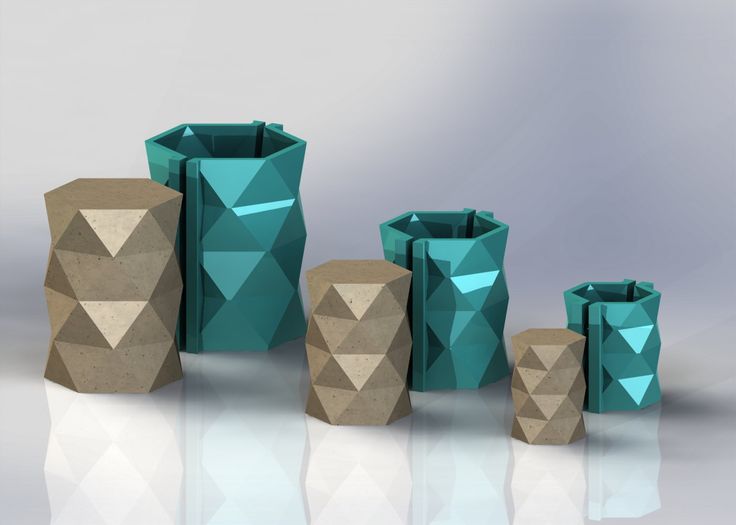
One advantage that 3D printed structures can provide over conventional building methods is that they are much easier to incorporate smart technologies such as sensors, making them easier to integrate into the smart city concept. From this point of view, it is much more difficult to modernize existing houses built using traditional building technologies. nine0006
Development of new technologies takes time. It's about testing, learning, and trying to figure out all the different variables. 3D printing of concrete structures is likely to become more commonplace. However, what role it will take in the construction industry, we cannot yet predict.
The big question, of course, is can we make it financially viable? Is this technology something that customers will pay for? Will the cost of acquiring special 3D technologies be competitive, or at least comparable to what is on the market? There are other ways to achieve similar results, and these options are cheaper and more readily available to the construction industry. nine0006
nine0006
Jouni Partanen
Head of Department (Advanced Manufacturing)
Faculty of Mechanical Engineering
Aalto University, Helsinki, Finland
CONCRETE EXPERIMENT 01 Design: Ashish Mohite, Michal Trpak Concrete Printing done by: Hyperion robotics Photographer: Umění ve městě 2019CONCRETE EXPERIMENTS Design: Ashish Mohite, Kunal Chadha Concrete Printing done by: Hyperion robotics Photographer: Ashish MohiteLots of claims, but not much evidence yet
There are several companies in the US and Europe that claim to be 3D printing concrete, but in the last two to three years they have only completed small projects such as private homes. One Russian company was erecting a three-story building in Dubai, and another company, already in Estonia, is now building a house using 3D printing. We help them make it a reality, but the project is still far from being completed.
Construction is a highly regulated industry and one of the reasons why 3D printed concrete is no longer commercially available is the time it takes to get permits. In addition, the concrete used for 3D printing is more expensive than traditional concrete materials due to the admixtures needed to ensure the correct composition. nine0006
In addition, the concrete used for 3D printing is more expensive than traditional concrete materials due to the admixtures needed to ensure the correct composition. nine0006
However, this technology continues to evolve. When a wall is 3D printed, it looks like a sandwich with two sublayers to make room for pipes and ventilation. In Zurich, it was possible to build a three-story house using various technologies. They invented a "smart stove" that had all the heating elements inside, however very expensive 3D printed molds were used for this. It was a pilot project to prove that the concept could be implemented.
Most companies involved in 3D printing in construction, of course, say that this technology is better than precast concrete, but in reality this has not yet been proven. nine0006
Ashish mohit
Doctor
Mechanical Engineering Faculty
Aalto University, Helsinki, Finland
Ashish Mohita
Doctor
Faculty of Mechanical Engineering 9022
3D printing: promising, but it has a long way to go
The current technology used in construction is pouring concrete.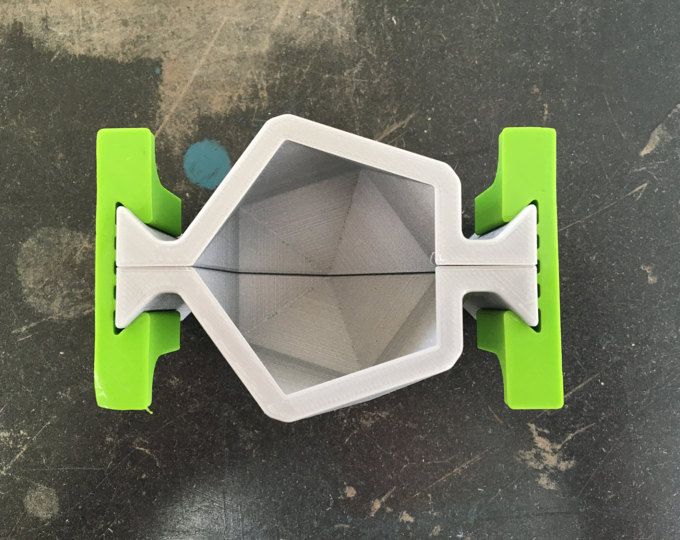 To make it financially viable, you must keep the structure simple and standardized. If you don't, the price will go up as you have to make and customize different molds. In addition, simple products are not only visually unattractive, but also require a large amount of concrete in the manufacture. With 3D printing, we can reduce the amount of concrete used by about 50% by focusing, for example, on where the wall bears the load. We can print lines to make a slab and only use materials where we really need them. However, this means that we must also develop new design methods to benefit from the technology. Unfortunately, this takes time. nine0006
To make it financially viable, you must keep the structure simple and standardized. If you don't, the price will go up as you have to make and customize different molds. In addition, simple products are not only visually unattractive, but also require a large amount of concrete in the manufacture. With 3D printing, we can reduce the amount of concrete used by about 50% by focusing, for example, on where the wall bears the load. We can print lines to make a slab and only use materials where we really need them. However, this means that we must also develop new design methods to benefit from the technology. Unfortunately, this takes time. nine0006
The industry is focused on using currently available material. I think if you're going to change something, you'd better look at it from a social perspective and from a sustainability perspective. I saw an opportunity when working with digital concrete: everyone supports changing the composition of concrete because 3D printing is not perceived as a threat to the traditional construction industry.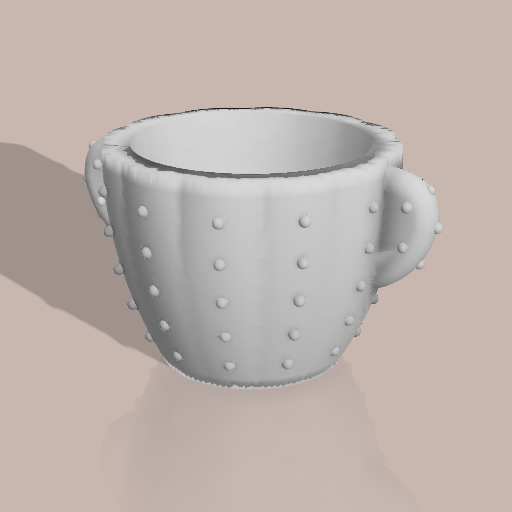
I think 3D printing opens up a lot of possibilities for making smart materials. Why not tie the conductive materials directly into the concrete so that you no longer have to insert wires into concrete structures after they are made? With 3D printing, you can add inches, make material changes, make electrical connections in the right place, make concrete transparent where you want. It's about combining 3D printed concrete with smart technology to ultimately benefit us as a society. nine0006
One of the barriers is economic viability. A technology such as 3D printing will not be widely adopted unless there is a visible economic benefit at some point. Thus, manufacturers could consider expanding their business model so that construction is valued not only by the price of the house or structure being built, but also by the impact it has on our ecosystem and its sustainability.
However, there is a big difference between 3D printing a bridge and a house. We announced a project to build 3D printed houses in Eindhoven two and a half years ago, and the first house has not yet been built.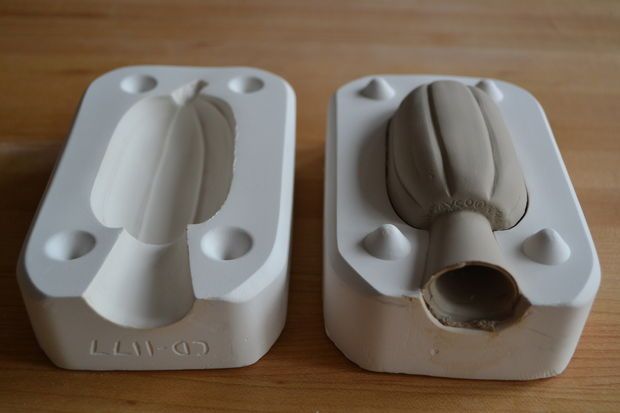 The complexity becomes apparent already when compared with the first printing bridge, which was opened within six months after the start of the project. nine0006
The complexity becomes apparent already when compared with the first printing bridge, which was opened within six months after the start of the project. nine0006
We realized that this is terribly difficult because building a house involves complex systems - HVAC, electricity, internet connection - that you have to consider. It took us a long time to figure out how to do this, and I think it will be many more years before we can print houses or buildings on a larger scale. Bridges are much easier to build using 3D printing, as they have fewer details.
Theo Sale
Dean of the Faculty of Built Environments
Professor of Structural / Concrete Design
Technical University of Eindhoven, The Netherlands
Theo Sale
Dean of the Faculty of Built Environments
Professor of Structural / Concrete Design
Technical University of Eindhoven, The Netherlands
Ideal for decorative elements, but not yet for structures
3D printing is a very interesting manufacturing system that we are following closely. It is already used in many industries such as steel and plastics, as well as in aeronautics, and especially in the production of aircraft parts. However, it is not widely used in the construction industry. nine0006
It is already used in many industries such as steel and plastics, as well as in aeronautics, and especially in the production of aircraft parts. However, it is not widely used in the construction industry. nine0006
According to experts, there are still many barriers that need to be removed before 3D printing will leave its mark on construction, but I believe that it is the future of our business - it's just a matter of time. Now 3D printing is mainly used to create decorative items. Some cruise ships, for example, use 3D printed plastic and cellulose fibers as part of their interior design.
Although concrete is not yet widely used in 3D printing, it offers many advantages: fire resistance, strength and the ability to withstand heavy structural elements. This is what makes it an ideal material for 3D printing items such as statues or columns, especially since each of us needs something beyond the usual box-like prefabricated structures. nine0006
Decorative elements, of course, can also be molded from concrete, but this requires workers - craftsmen to equip the molds.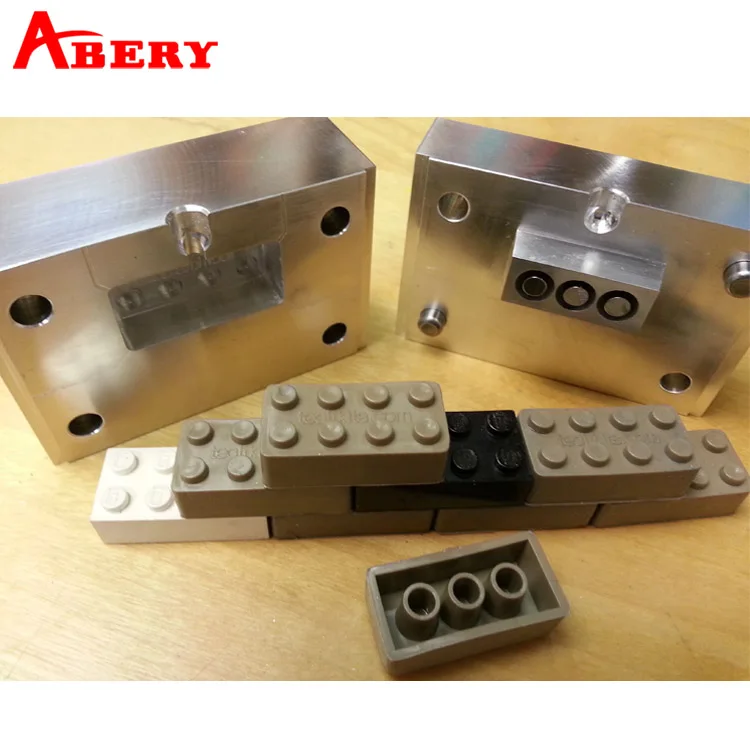 One of the practical applications of 3D printing in construction is mold making. In complex precast concrete projects, mold tooling is always a challenge as it requires a lot of manpower and precision. If the molds were 3D printed, the process would be easier and less labor intensive.
One of the practical applications of 3D printing in construction is mold making. In complex precast concrete projects, mold tooling is always a challenge as it requires a lot of manpower and precision. If the molds were 3D printed, the process would be easier and less labor intensive.
Tested to 3D print entire frames using concrete for projects such as small single-family cottages. It is good that these tests are being carried out, but at the same time it is already clear that 3D printed concrete still has a long way to go. There are technical and quality issues that need to be addressed, especially when we start thinking about 3D printing large structures such as multi-story buildings. Building with 3D printed concrete also faces an economic challenge. The additives required for concrete to be used with 3D printing technology are very expensive. nine0006
Construction entirely based on 3D printed concrete – where all reinforcement, RAC and sewerage systems are integrated rather than installed separately as is done today – is simply not possible at present.